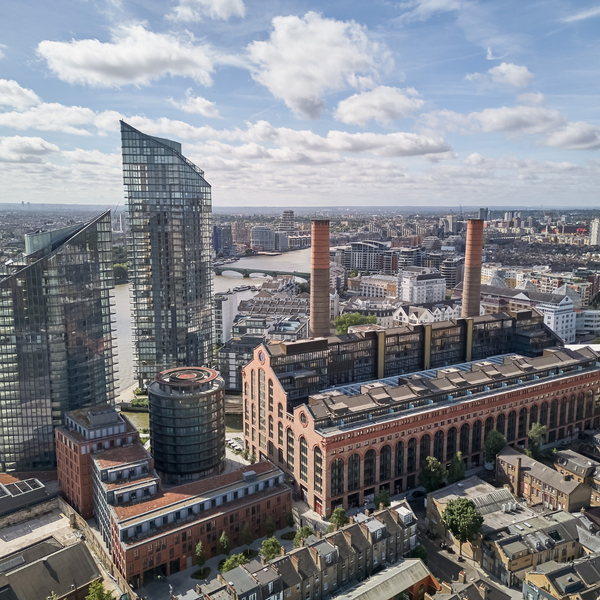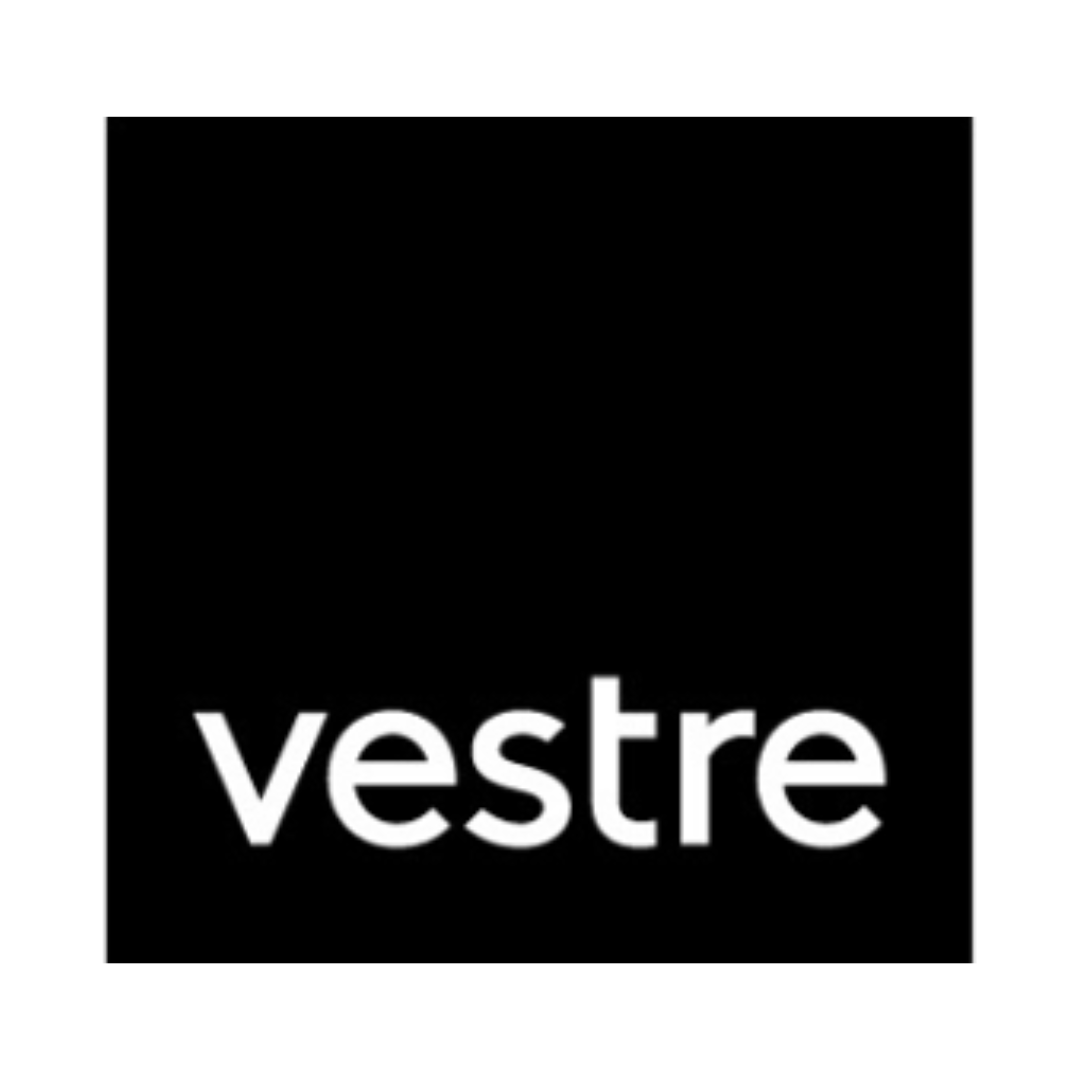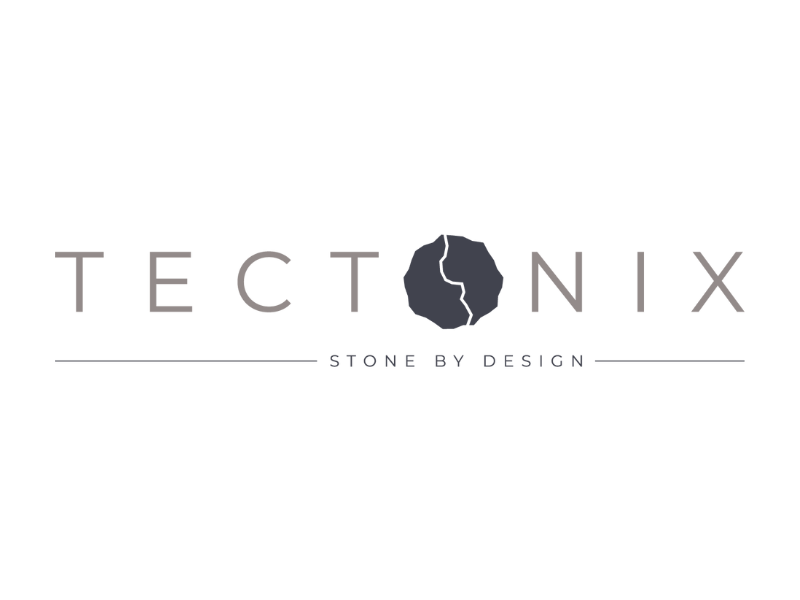Project showcase
Powerhouse, London Borough of Kensington and Chelsea for Hutchison Property Group with Farrells, Formation Architects, AECOM, Buro Happold and Randle Siddeley
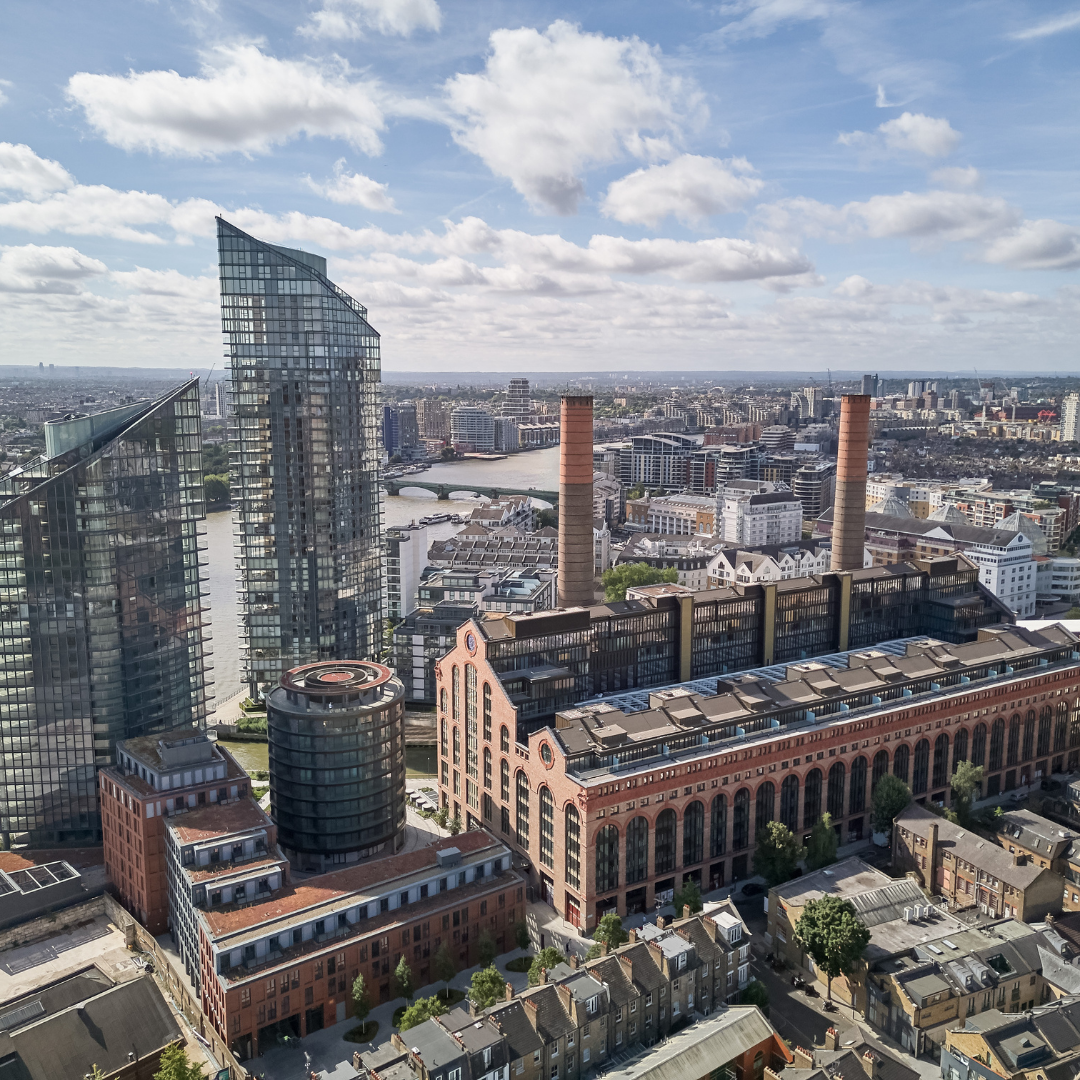
A former power station, originally built in 1904 to supply the London Underground, has been converted into a residential neighbourhood. It now provides 260 homes, including 60 affordable units, offering equal access to a heritage-rich environment. Restoration used small trade businesses for terracotta frieze work, and skilled bricklayers, reusing bricks from historic buildings. The central atrium is surrounded by community spaces, including shops, design studios, restaurants and a doctor’s surgery, serving both new and existing residents.
Who is on the project team? (designer, consultants, etc)
Farrells Services: Master planning, Full Architectural Services,
Architects: BPTW, Farrells, Formation
Interior Design: Fiona Barratt, Formation Architects, KCA International
Landscape Design: Randle Siddeley, MEP, Cost, EA: AECOM
Structural & Civil Engineering: Buro Happold
Describe the social and environmental context of this project and its neighbourhood and people. Who occupied the building and who uses it now?
Powerhouse is located at the heart of the Chelsea Waterfront masterplan, a new residential-led neighbourhood located in Hammersmith and Fulham and the Royal Borough of Kensington and Chelsea. The building was created in 1904 to provide power to the London Underground and continued this operation until 1996. A huge industrial landmark, it is located at the heart of heritage rich residential neighbourhood the Lots Road village and to its South the Chelsea Harbour community. The Power Station has been converted into residential, providing 260 new homes, 60 of which are affordable homes. The affordable homes provide the same opportunity to live in a heritage rich environment as the private accommodation. This project, consented in 2005, is a leading example of retrofit of industrial landmarks for residential use and the environmental benefits that provides. The building has been painstakingly repaired using small trade craft business for terracotta frieze work and skilled bricklayers reusing bricks from other historic buildings across the city.
How does this project make use of an existing structure, place or building in a creative way? Is it innovative? How will this project continue to evolve or enable future flexibility and adaptation? Have you considered its resilience?
Lots Road Power Station was built as a steel framed building with arched windows flanking both major elevations. The insertion of a new concrete structure has facilitated homes that meet today’s modern performance standards and specifications. We have replaced the existing windows with new thermally and environmentally performing glazing.The refurbishment has been managed sensitively, allowing people to read its history, steel work from the coal hoppers that once fueled the power station have been reused in the atrium. We have used passive design measures where possible, the apartments are dual aspect with openable windows throughout. On the South elevation we have set back the residential behind terraces to provide shading to the glazed living spaces. The atrium roof has sensors, so it opens to avoid overheating and the chimneys are open along their full height encouraging stack effect ventilation into the atrium space.
What is the environmental and social impact of the project? For example, increase in energy efficiency; is nature enhanced or optimised; is it accessible; is it a good neighbour; is it a community asset?
Powerhouse offers improved accessibility for pedestrians with over 600m of the Thames Path opened to the public for the first time. We have used pedestrian bridges to provide a series of safe, well-lit pedestrian routes across the site. Platform lifts have been introduced where levels in the existing building couldn’t accommodate level routes, but the use of multiple bridges allows for one route without the use of lifts. Throughout construction a pair of nesting peregrine falcons have been retained on site and finally re-housed in a nesting box on the roof with bat & bird boxes located across the site. Over 50% of this site is public realm and we worked with an ecologist to ensure the planting enhances green corridors for local species and closely reflected brownfield land. Throughout the project we have specified UK manufactured materials with high recycled content, such as the kitchen worksurface made from recycled silestone. We worked closely with neighbouring schools and offered over 5 work experience places, CV support and mentoring sessions. Apprenticeships were offered through construction. The basement of one of the buildings on the masterplan houses a sports hall for the academy. This project contributed over £26m to the local economy. We operated a local site base and covered staff expenses when using local businesses. 80% of construction waste is recycled.
Gallery
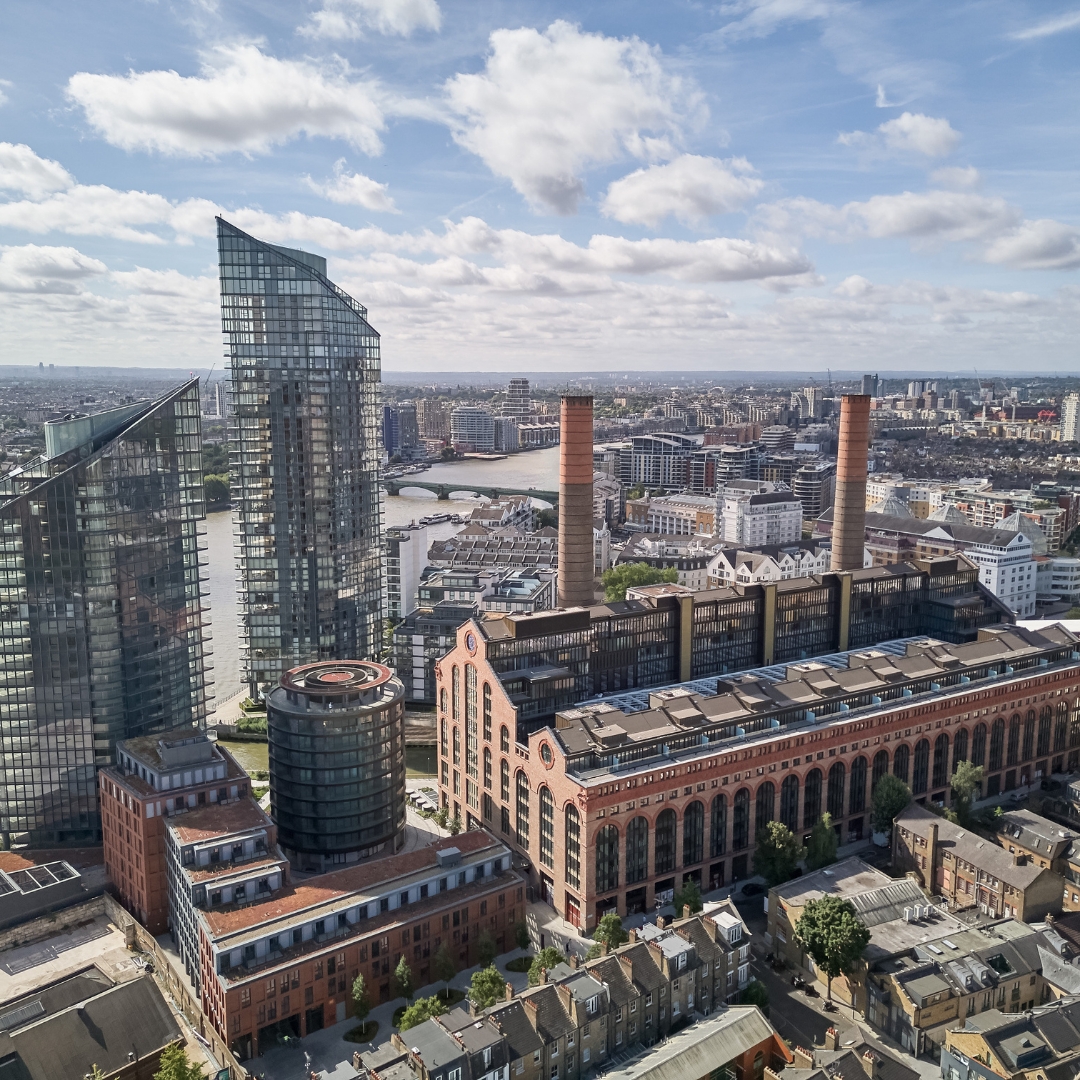
Festival of Pineapples
24-26 February 2026
Pineapples prize giving night
April
Pineapples at Festival of Place
10 June 2026
© The Pineapples - Tweak Ltd. 124 City Road, London, EC1V 2NX. Tel: 020 3326 7238
